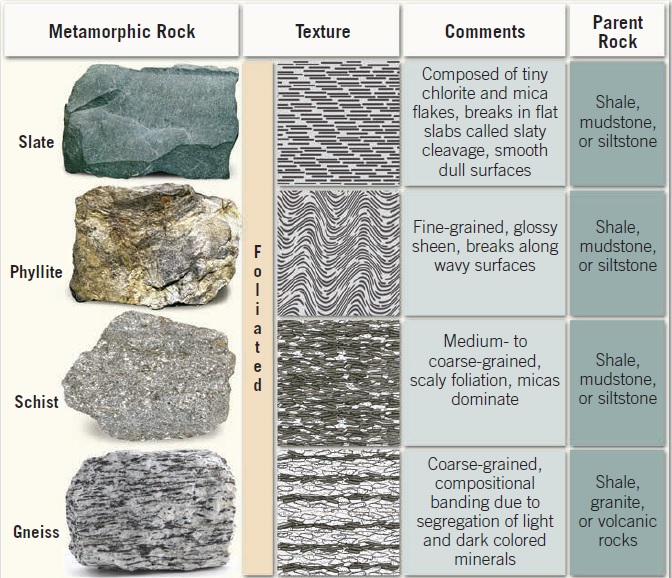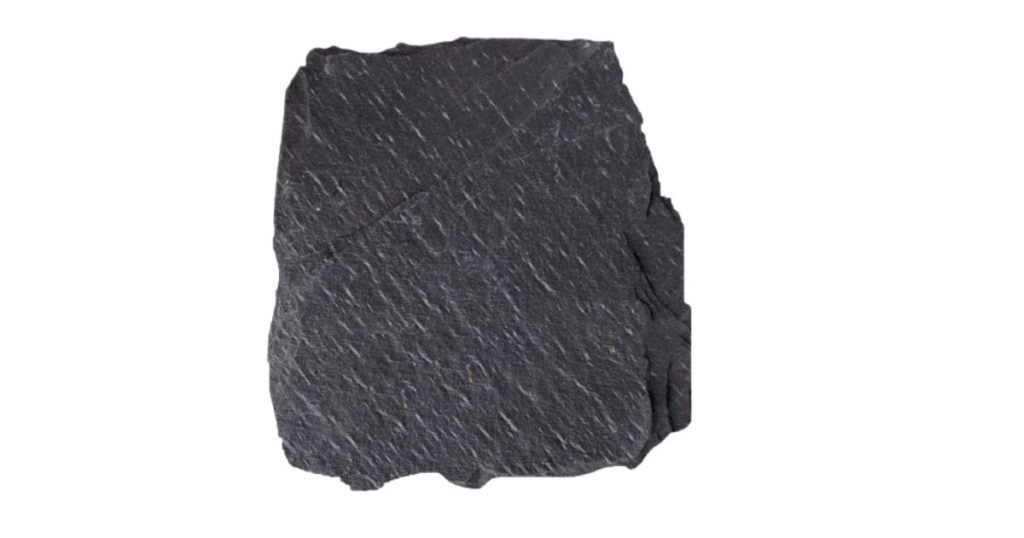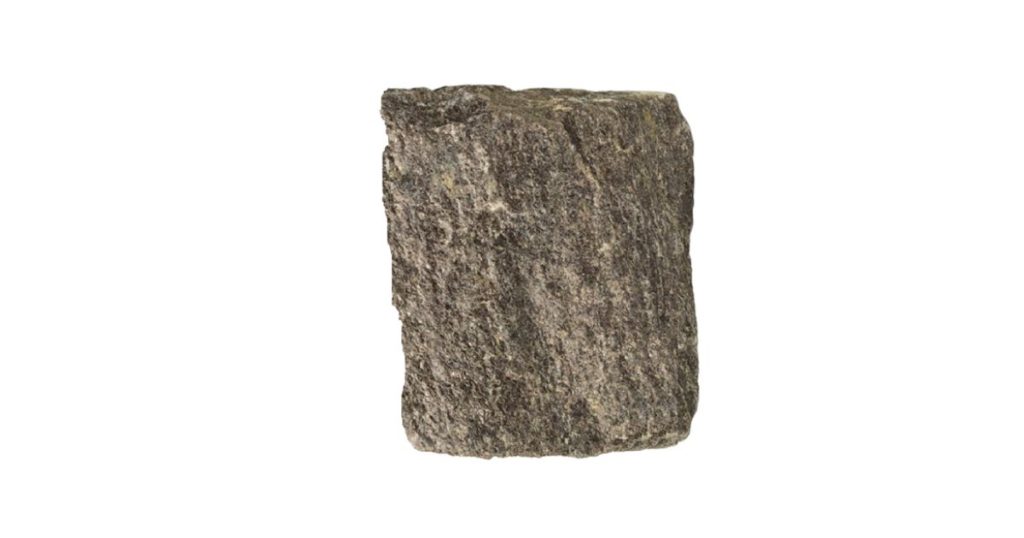Foliated Metamorphic Rocks
In the world of geology, understanding the various types of metamorphic rocks is essential for unraveling the Earth’s history and geological processes. Foliated metamorphic rocks, in particular, hold a unique place in this fascinating narrative. In this comprehensive guide, we will explore foliated metamorphic rocks, focusing on the key players – Slate, Phyllite, Schist, and Gneiss. By the end of this article, you’ll have a profound knowledge of these rocks and their formation processes. Let’s embark on this geological journey together.
What is a Foliated Metamorphic Rock?
Before diving into the specifics, it’s crucial to understand what foliated metamorphic rocks are. Foliated rocks are characterized by their layered or banded appearance, often resulting from the alignment of mineral grains during the rock’s formation. This texture provides valuable insights into the geological conditions and history of a particular region. Foliated metamorphic rocks, in particular, are formed from the alteration of pre-existing rocks under the influence of heat and pressure. Now, let’s explore the world of foliated metamorphic rocks in more detail.

Slate
Composition and Formation
Slate, a fine-grained rock, typically contains minute chlorite and mica flakes, often too small to be visible to the naked eye. Additionally, tiny quartz and feldspar crystals may be present, giving slate its characteristic appearance. Slate primarily originates from the low-grade metamorphism of shale, mudstone, or siltstone. In some cases, volcanic ash metamorphism can also lead to the formation of slate.

Color Variations
Slate’s color can vary, depending on its mineral constituents. Black slate is carbonaceous, red slate derives its color from iron oxide, and green slate is rich in the mineral chlorite. These variations in color provide valuable clues about the rock’s history and composition.
Phyllite
Characteristics

Phyllite sits between slate and schist on the metamorphic spectrum. While its platy minerals are larger than those in slate, they are still not readily identifiable with the naked eye. Phyllite exhibits a glossy sheen and a wavy surface, setting it apart from slate. It primarily consists of very fine crystals of muscovite, chlorite, or both, and like slate, it displays rock cleavage.
Schist
Texture and Composition
Schist is characterized by its medium- to coarse-grained texture, where platy minerals dominate. Muscovite and biotite are common components, displaying parallel alignments that create the rock’s foliated texture. Schists also contain varying amounts of quartz and feldspar. These rocks are often derived from shale and undergo medium-to-high grade metamorphism during mountain-building episodes.

Diverse Compositions
The term “schist” primarily describes the texture of the rocks, allowing for a wide range of chemical compositions. Different mineral names are added to indicate specific compositions. For example, mica schists consist mainly of muscovite and biotite, and they can contain unique accessory minerals, such as garnet, staurolite, and andalusite. Schists can also be composed largely of chlorite or talc, depending on the parent rock’s composition.
Gneiss
Banded Appearance
Gneiss stands out with its medium- to coarse-grained banded structure, where granular and elongated minerals predominate. The most common minerals found in gneiss are quartz, potassium feldspar, and plagioclase feldspar. Biotite, muscovite, and amphibole are also present, although in lesser amounts. Gneiss displays alternating bands of white or reddish feldspar-rich zones and layers of dark ferromagnesian minerals.

Formation and Composition
During high-grade metamorphism, gneiss forms when light and dark components segregate, leading to its characteristic banded appearance. Gneiss can originate from shale but can also be derived from granitic rocks. The presence of accessory minerals, such as garnet, further adds to the rock’s complexity.
Conclusion
In conclusion, foliated metamorphic rocks offer a glimpse into the Earth’s geological history. Slate, phyllite, schist, and gneiss represent different points on the metamorphic spectrum, each with its unique characteristics and formation processes. By understanding these rocks and their formation, geologists can uncover the intricate story of our planet’s evolution.
In this article, we delved into the world of foliated metamorphic rocks, focusing on four significant players – Slate, Phyllite, Schist, and Gneiss. These rocks, with their distinct characteristics and formation processes, play a vital role in understanding the Earth’s geological history. Whether you’re a geology enthusiast or a student of the Earth sciences, this information equips you with a deeper understanding of the fascinating world of foliated metamorphic rocks.
For more geological insights and in-depth explorations, stay tuned for our upcoming articles. Geology continues to unravel the mysteries of our planet, and we’re here to guide you through this incredible journey.
Read more on blog:



